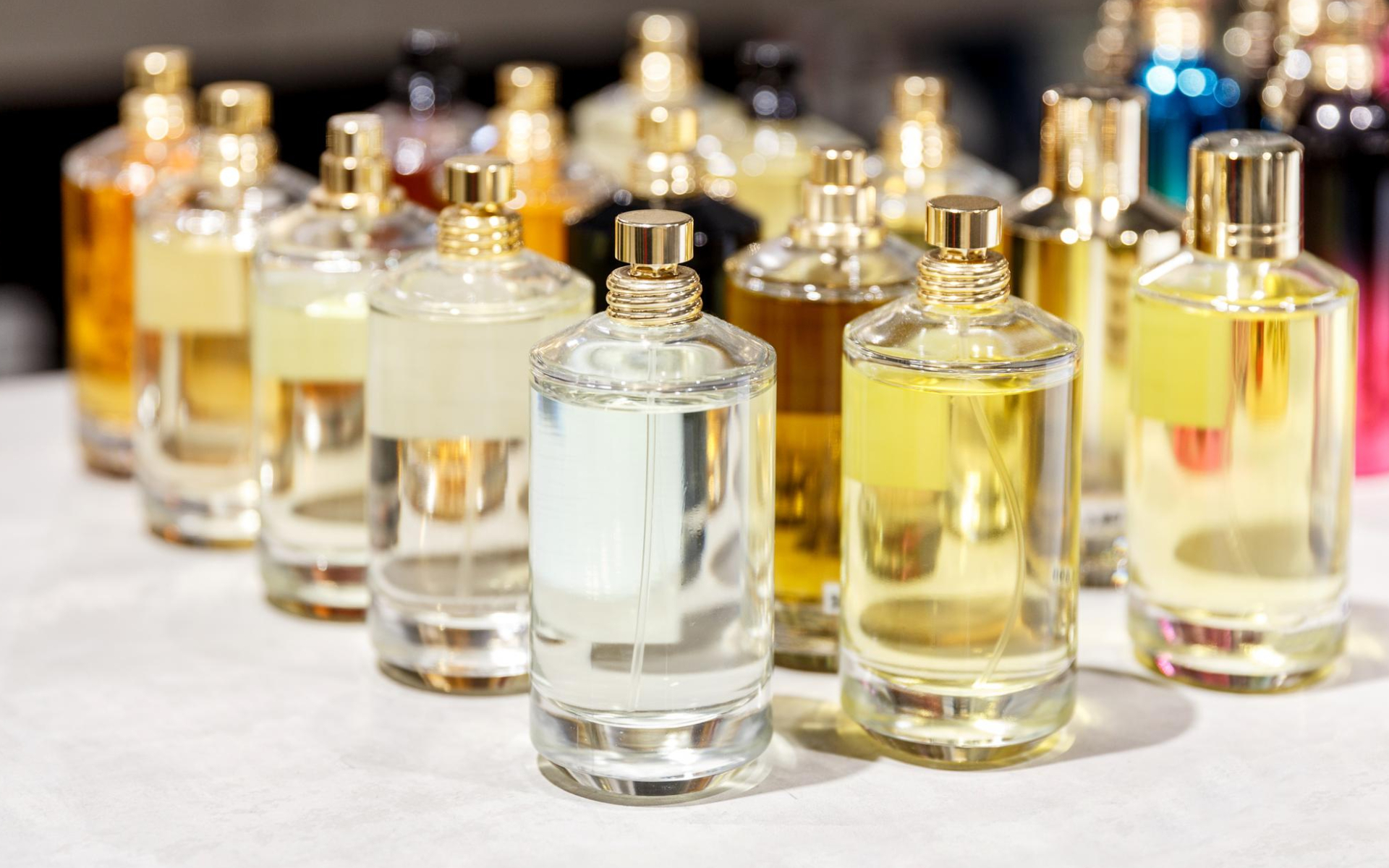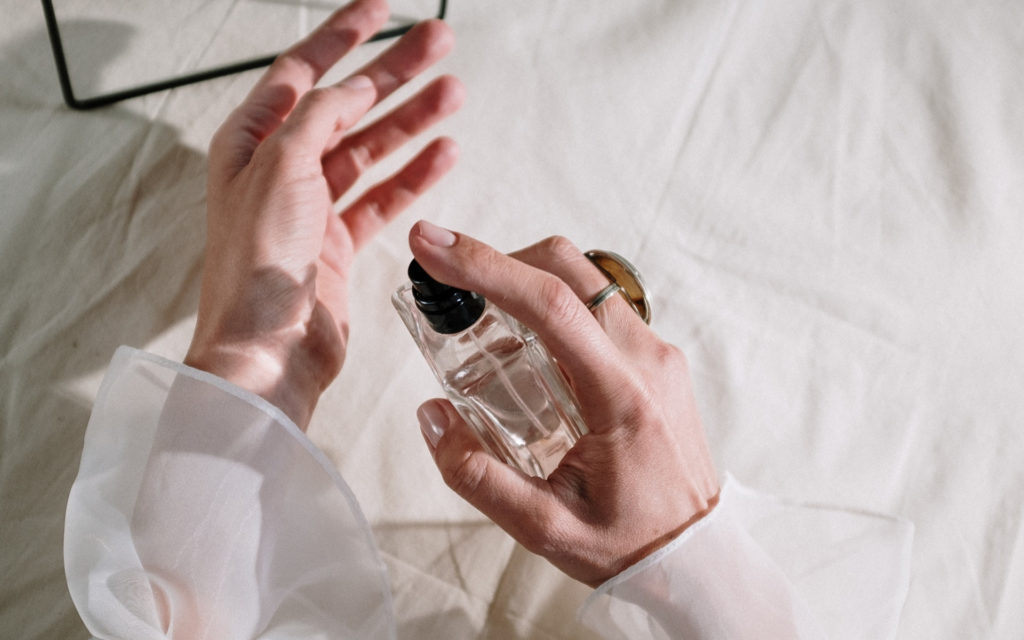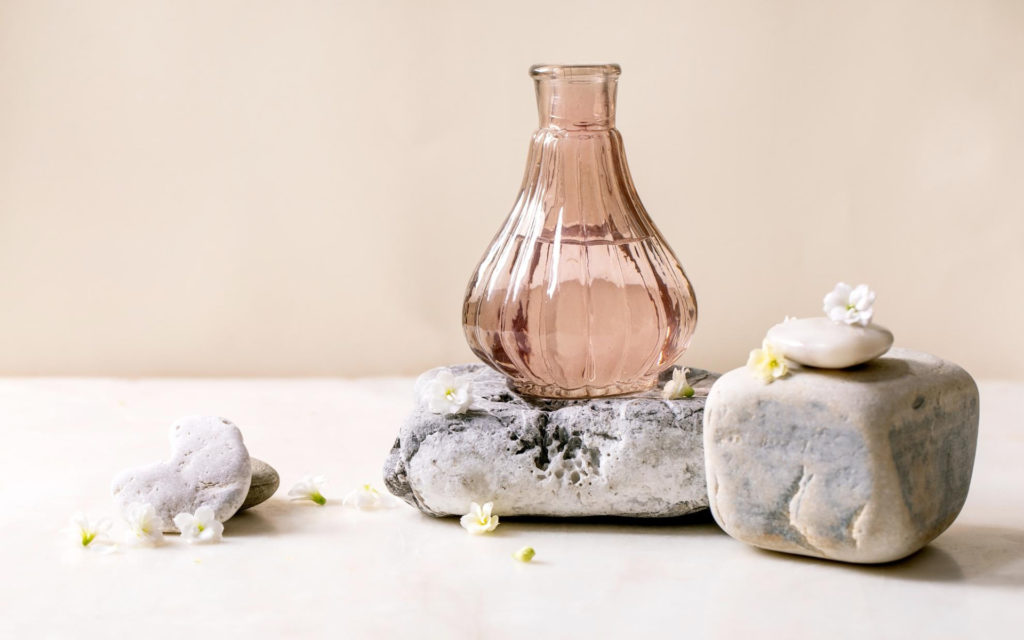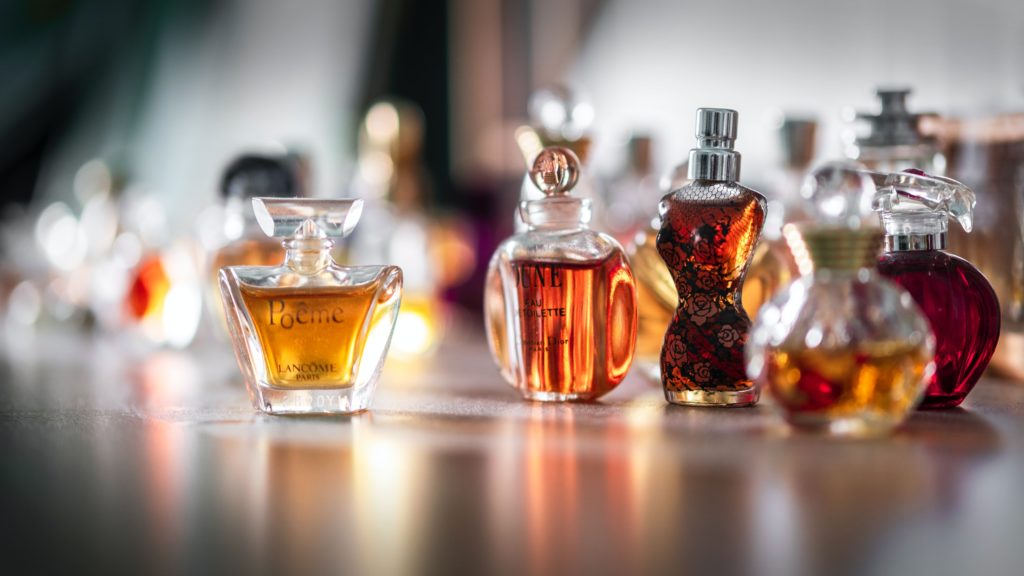The world of fragrances can suddenly seem a very daunting place when you begin to explore it; what once seemed obvious and binary (something either smelled nice or it didn’t) is now much more complex, and you’re confronted with unfamiliar phrases and verbiage that make the process seem much more daunting.
What’s more, it can be frustrating to feel unable to convey yourself and your tastes properly. Many people know a couple of fragrances or brands that they like, but they find themselves unable to explain what it is about those fragrances that they enjoy.
Fear not, because this article contains one of the most fundamental lessons for any budding fragrance aficionado that should help you understand what scents you enjoy, why your favorite is your favorite, and why certain fragrances work better on certain occasions. Specifically, we’re talking about fragrance notes.
What are fragrance notes exactly?
Not unlike your favorite genre of music, your preference for one fragrance is largely determined by the notes that it contains. All fragrances will have – basically – three notes: a top, middle or ‘heart’, and a base.
Each note is determined by the ingredients that it contains, and just like cooking, you’ll find that there are ingredients you like and those you dislike, as well as those that work well together and those that don’t.
Even if you consider yourself a complete novice in the world of fragrance, I’m sure you’ve noticed one fundamental fact – the scent of a fragrance changes throughout the day. There tends to be a particular scent immediately after you’ve dispensed it, which gives way to other scents the longer you’ve worn the fragrance.
It can help to think of the notes in a fragrance in hierarchical terms – not unlike a pyramid – where top notes are (unsurprisingly) at the top, yet represent very little of the total scent relative to the next two categories.
Top notes
The top note is incredibly important in a fragrance despite its making up so little of the total fragrance.
The top note will normally only constitute about 5-10% of the total fragrance, and the smell has normally dissipated within about 15 minutes, but it is the top note that is the most impactful and hits the wearer the second they’ve dispensed it.
Cast your mind back to the last time you purchased a new fragrance. For most readers, you will have visited a pharmacy or a department store to sample the fragrance (or several potential fragrances).
You probably spritzed it on your wrist or onto one of the tester cards, rapidly wafted the sample for a few seconds to help it dry, then gave it a good sniff. For those who are slightly more conscientious, you maybe chose to browse the store for 5-10 minutes before smelling again to inform your purchase decision.
Based on what we’ve already learned in this article, that means that the purchase decision was made entirely based on the top note.
Don’t feel bad – the vast majority of fragrance customers make their purchase decisions on this exact basis, which is why the top note is so important.
In fact, many fragrances have found significant short-term mainstream success because they have wonderful top-note combinations, but the rest of the fragrance is unsatisfactory. You know which fragrances I’m talking about – the one that you couldn’t wait to purchase, and now sits gathering dust on your shelf because you don’t enjoy wearing it.
The main role of top notes:
- To grab the wearer’s attention
- To set the stage for the scent as a whole
- To transition smoothly to the heart notes
How do perfumers choose top notes?
First and foremost, the makeup of the top note is adjusted accordingly; perfumers will adjust fragrance and additive levels to ensure that the top notes are more volatile – namely, that they will evaporate off the skin fairly quickly (and smoothly).
Secondly, in order to improve the impression that the transition has been smooth, perfumers will often make sure that the lightest of the heart notes, is complimentary to the top notes.
Perfumers can often depend on core groups of scents that have been shown time and again to be pleasing to the wearer on the first spray, and to allocate the fragrance to an appropriate ‘group’.
Popular top note groupings include citrus, fruity (often distinguished from citrus by the sharpness of the former, versus the sweetness of the latter), floral, and herbs.
For citrus top notes, common scents include bergamot – a fruit native to Italy that scientists believe is a hybrid of a lemon and a bitter orange (personally, my absolute favorite top note scent); grapefruit; tangerine; blood orange, and lemon.
It’s no surprise that our sense of taste is governed by our sense of smell, so in order to imagine the impact of these scents from an olfactory standpoint, just think of the impact they would have as ingredients – a glass of fresh lemonade, anyone?
For fruit top notes (I appreciate that citruses are fruits also, but we’re talking about sweeter fruits now) think of non-citrus fruits like apples and berries. Fans of fruit top notes often describe them as sweet, juicy, and watery. Again, to imagine the impact of fruit top notes, it can help to imagine the impact of their counterpart ingredients in a dish; like a delicious and refreshing fruit compote or coulis on the side of a dessert.
Floral top notes tend to appear in fragrances that wearers regard as fresh or gentle, and tend to have a more subtly pleasing opening than the more noticeable and assertive openings of citrus and fruit. Common scents include rose, lavender, orchid, and daisy.
Finally, the last ‘common’ group of top notes are herbs or other green scents. It should be noted that these tend to be a slightly more acquired taste, and so aren’t found as often as the other groupings, or will often be paired with an ingredient from one of the other groups.
Some common scents include patchouli and vetiver. Not unlike floral scents, they tend to be favored for their freshness. If you’re the kind of person who loves the smell of freshly cut grass, you’re likely to be drawn towards these scents.
Heart notes
A good combination of heart note scents is where the best fragrances really shine. The heart notes begin to become apparent as the top notes give way, but unlike the top notes, the heart notes will remain present in the fragrance throughout the day – even after the base notes have taken over.
Given that the heart notes occupy about 70% of the fragrance, and have the very difficult task of being complementary to both the opening top notes, and the lasting base notes, they tend to be a complex mixture of scents.
What’s more, despite the fact that they only have center-stage for about an hour, they tend to be the part of the fragrance that wearers remember most; the top notes fade fast, and the base notes become familiar, so it’s the heart notes that often stick in the mind of the wearer.
Whilst there can be groupings of heart notes similar to top notes, this doesn’t tend to be the case as often. Instead, the perfumer will often opt for a complex blend of notes that aren’t necessarily related to one another to deliver a pleasing fragrance. Popular scents include ylang-ylang, black pepper, cardamom, anise, juniper, and nutmeg.
Base notes
Finally, we come to the base notes. An interesting category in that they don’t draw attention in the way that top notes do, and they don’t always demonstrate the perfumer’s expertise like a well-blended set of heart notes will, yet this is a scent that you’ll wear for up to 6 hours per application, and so it needs to smell good.
That said, whilst the scents themselves that make up the base notes must be rich and heavy, history has shown us that customers do not enjoy base scents that are too obvious.
The ability to support the lighter notes from higher in the pyramid, and to be quietly pleasant, tend to be attributes that most demand from the base notes of their favorite fragrances. Common scents include vanilla, cedar, sandalwood, amber, ginger, and frankincense.
Conclusion
Hopefully, this article has helped you to learn something more about your favorite fragrances’ makeup and understand the complexities of the different notes.
I would encourage you to start exploring the notes of your favorite fragrances to help inform you of your preferences: you’ll probably find common scents in your favorite fragrances, such as apple heart notes, or amber base notes.
Now that you understand how fleeting top notes are, you know to sample a new fragrance across an entire day – put on the sample, and see how you enjoy it throughout the day, not just in the first few minutes. This should help to avoid some fragrance buyers’ remorse!







